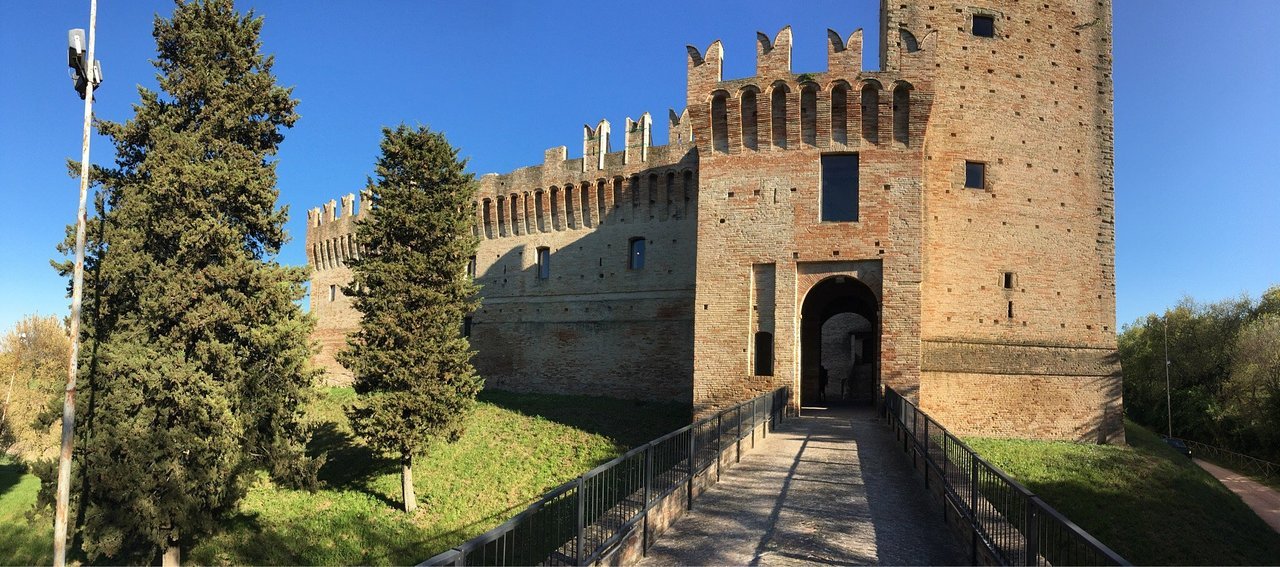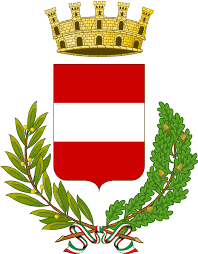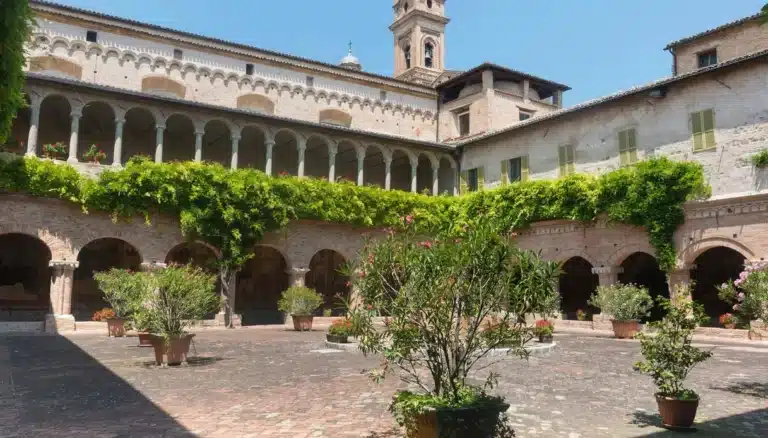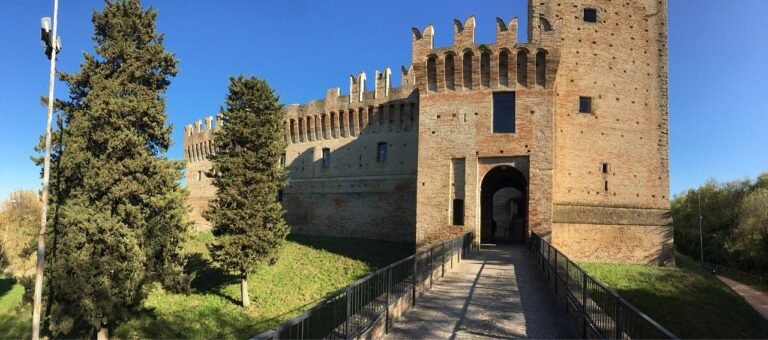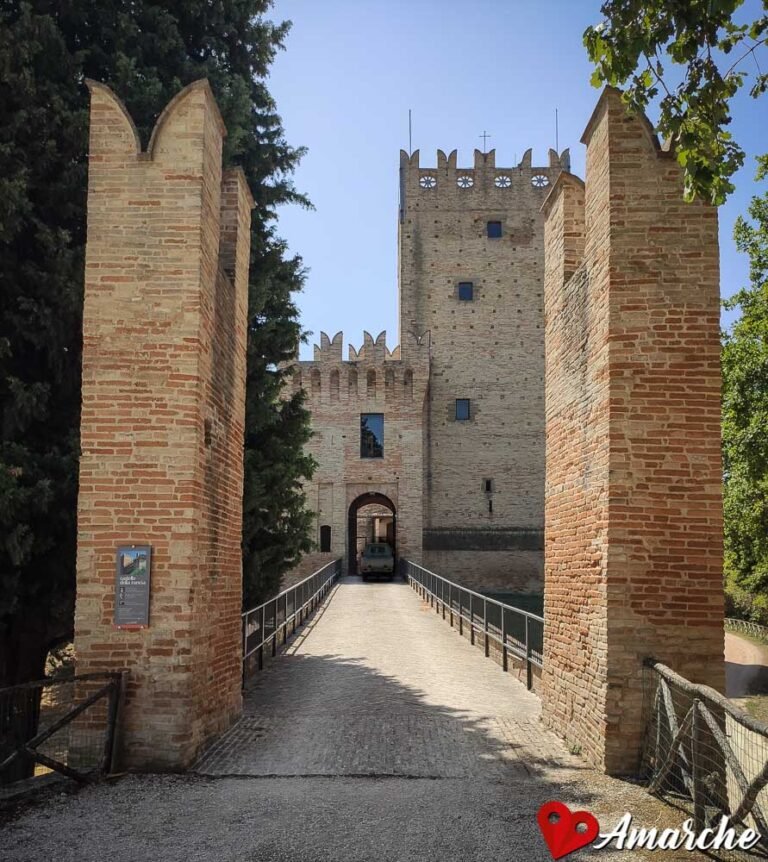Profile
Tolentino, whose historic center is still bordered by long stretches by the theiteenth-century walls, preserves works of art and monuments of considerable value. City of art among the most well-known and frequented in the Marche, in a strategic position in the valley of the Chienti, fumunicipium romano and previously was the center of Piceno, as the numerous necropolis found in the area tell.
The Basilica of San Nicola, whose facade is covered in travertine, is of great artistic interest; in particular the portal, the work of the Florentine sculptor Nanni di Bartolo known as the Red, in which elements of the flowery Gothic blend admirably with spatial effects typical of the early Renaissance. The Augustinian cloister dates back to the first half of the fourteenth century: it represents the oldest example of a cloister of the mendicant orders in Italy. The place of greatest artistic interest of the Tolentinate complex is the “Cappellone di San Nicola“: the room is renowned above all for its pictorial decoration, one of the largest and best preserved of the early thirteenth century, the work of the Rimini workers led by the painter Pietro da Rimini. The decoration, conducted as a fresco, occupies the entire vast classroom.
Also to visit the Museum of Ex-Voto, the Museum of Ceramics, the Museum of Opera and the Permanent Exhibitions of cribs.
Not far from the center stands the Castello della Rancia, home of the archaeological museum: originally a farm and granary, it was transformed into a castle by the Da Varano, lords of Camerino.
In the territory of the municipalities of Tolentino and Urbisaglia stands the Abbey of Fiastra, one of the most distinguished and best preserved monuments of Cistercian architecture in Italy, with its particular style of transition from Romanesque to Gothic.
Typical dish of Tolentino and the hinterland of Macera are the vincisgrassi.
Map
Sorry, no records were found. Please adjust your search criteria and try again.
Sorry, unable to load the Maps API.


